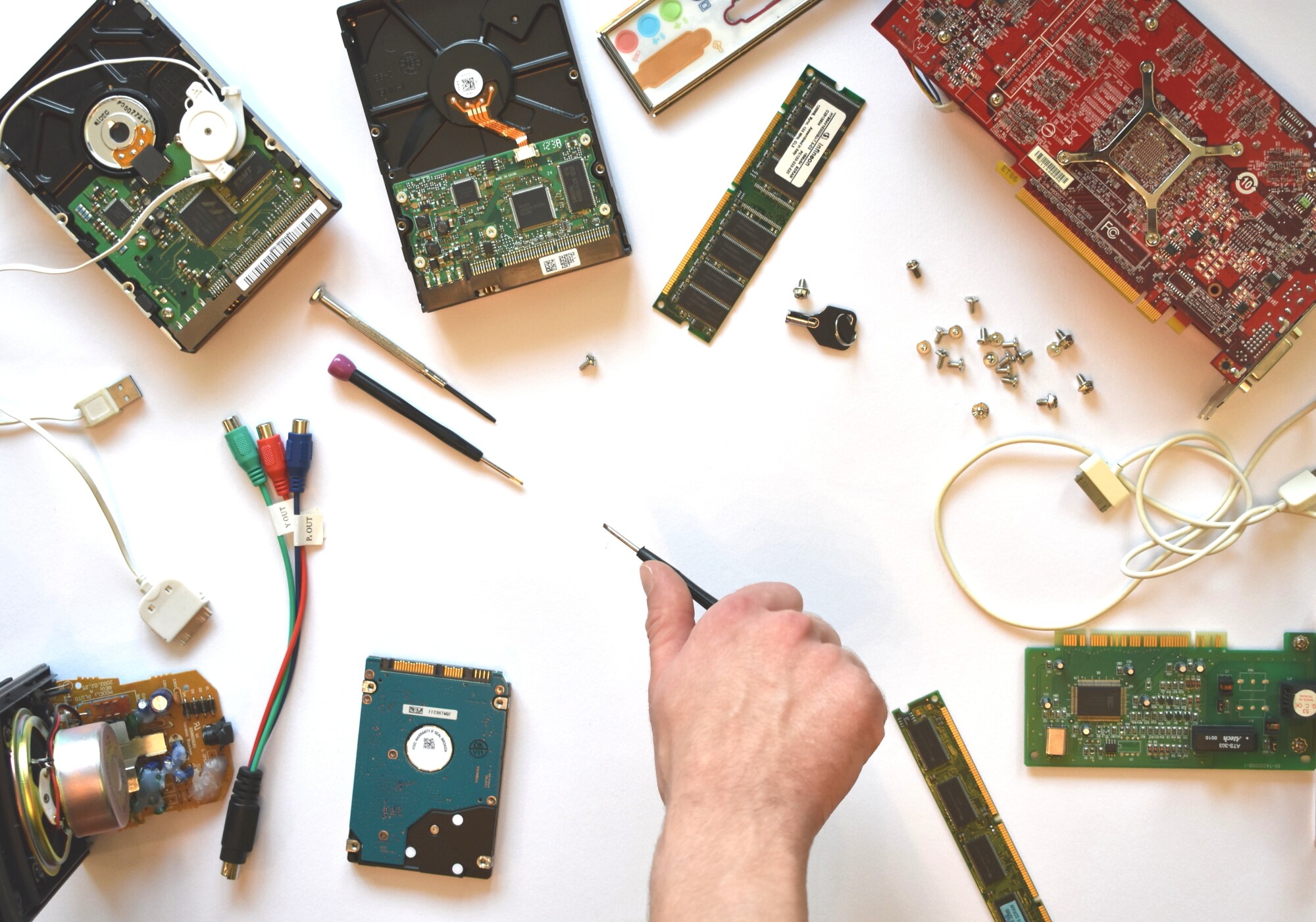
The Different Types of Computer Hardware, Explained
Computers represent a pillar of the modern world and though not the newest technology, little of the world’s newest tech could exist without them. Though computers have existed in some primitive forms since the 1940s, the modern conception dates back to the 1970s.
The enthusiast period started in the 2000s leading to a standardization of the types of computer hardware. Nowadays, anybody can pick up some parts and build their own PC at home with a bit of know-how.
this guide will explain the basics of computer hardware and the importance of each component.
Types of Computer Hardware
Though it’s fairly simple to build a computer with today’s plug-and-play tech, troubleshooting and repairing a computer isn’t so easy.
This is especially true for laptops, all-in-ones, and tight proprietary systems like Apple products. For those, you want to turn to ifixomaha.com for repairs and services.
Computer hardware currently exists in three broad categories: core components, peripherals, and cases.
Core Components
These parts are essential computer hardware, things that a computer must have to be a computer. The size and power of these components range widely.
CPU
A CPU or central processing unit is the brain of a computer. This does the calculations and tells the other components what do, how, and when.
When dealing with a CPU you are talking either AMD or Intel unless you’re buying a future Mac with their forthcoming M1 chip.
GPUS and Displays
Anymore, CPUs rarely have integrated graphic processing units (GPU). A GPU of some sort is needed to render images to a display screen.
Motherboard
A motherboard ties all of the components together and offers features to enhance the functionality of those components. A motherboard may be little more than a wafer connecting the other parts.
Memory
Memory, usually in the form of RAM (Random Acces Memory), stores and moves information, allowing the CPU to do its job. Memory is volatile, it is wiped clean when the power is cut.
A CPU needs at least some RAM to do anything but doesn’t necessarily use all the RAM available. The information is read and rewritten as needed.
Storage
To run programs and save data a computer needs a nonvolatile storage space. Hard drives, be they standard disk drives (HDD), solid-state drives (SSD), or fancy M.2 (NVME) drives all fit the bill.
At the very least, the computer needs a drive large enough to hold the operating system (OS).
Power Supply
Finally, a computer needs a power supply to operate. A power supply unit (PSU) takes electricity from the wall and transfers it to the appropriate Amps, Wattage, and Voltage needed for the rest of the computer components.
In small devices, a PSU is little more than a regulator.
Peripherals
These pieces of computer hardware are optional or at least can be swapped out in many ways.
-
Keyboard – Allows input for the system
-
Mouse – Directs a pointer around the display
-
Optical Drive – For loading programs from static media
- USB Drive – External storage devices
-
Printer – For making hard copies of text of images
-
Cooling – Fans, heatsinks, and water coolers used to control temperatures
Exotic peripherals for sound, lighting, and more also exist.
Cases
Cases aren’t essential bits of computer hardware, but they do keep things tidy and protected. Cases range in size and performance but anything that holds the parts and has some air flow works as a case.
Stay Witty
Now you have the terminology to discuss the different types of computer hardware. While there is a lot to learn about each category and bullet point, this gives you a basic overview.
If you want to learn more about his and other topics, check out other entries on the site.
